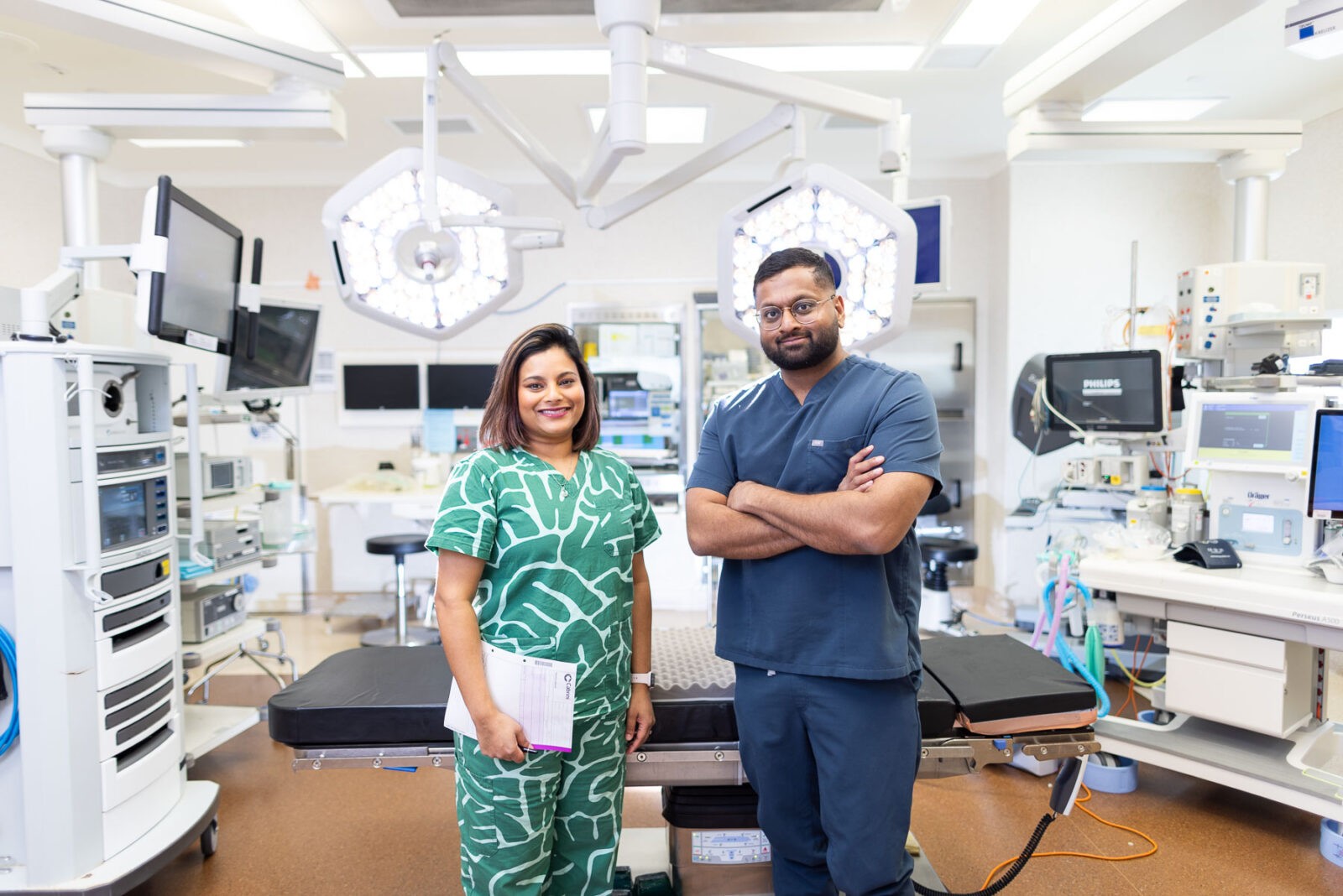This condition, known as Isthmocoele or caesarean scar defect, can lead to various symptoms and complications, including abnormal bleeding, pelvic pain, and infertility.
Isthmocoele correction involves surgically removing the scar tissue and repairing the defect, typically using minimally invasive techniques such as laparoscopy or hysteroscopy.
An Isthmocoele is a niche or defect that forms at the site of a caesarean section scar on the uterus. This condition can lead to a variety of symptoms and is often identified through imaging studies or during evaluations for infertility.
Isthmocoele primarily results from the healing process following a caesarean section. The exact mechanisms are not entirely clear, but several factors can contribute to its development:
The symptoms of Isthmocoele can vary depending on the size and location of the defect, as well as the individual’s overall health. Common symptoms include:
Several factors can increase the risk of developing an Isthmocoele, including:
The primary treatment for Isthmocoele is surgical correction, aimed at removing the scar tissue and repairing the defect in the uterine wall. Treatment options include:
Laparoscopic Isthmocoele Correction
Hysteroscopic Isthmocoele Correction
Medication
Monitoring









We are a general gynaecology and infertility treatment clinic based in Melbourne, dedicated to the latest minimally invasive gynaecological diagnostic and surgical techniques. We are leaders in laparoscopic and cutting-edge robotic surgery.
If you have a question about a condition or treatment, or would like to book an appointment, please get in touch.